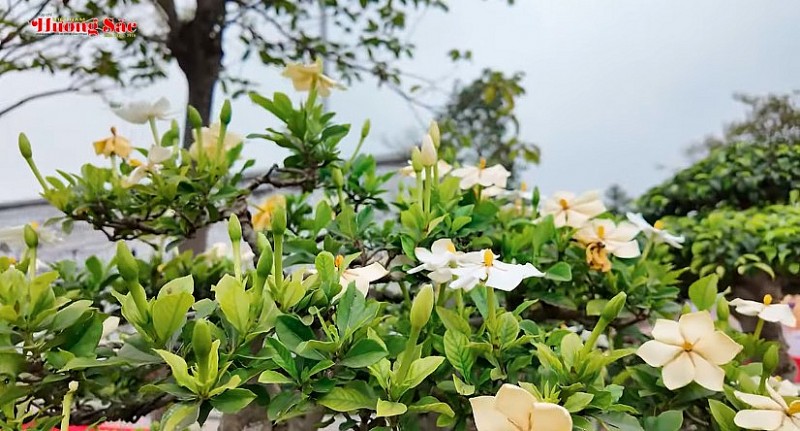From fake fertilizers to green transformation: Opportunities in challenges
The story begins not in a conference room or a seminar room, but in barren fields and failed crops. Farmers buy a bag of fertilizer with a lot of promises: increase productivity, stimulate strong roots, and nourish even fruit. But what they get in return is yellow leaves, wilted roots, and stunted plants. And in the confusion of not knowing who to blame, many people have to accept losses as an inherent risk in farming.
However, when each layer of soil is "poisoned" by fertilizers of unknown origin, when trust is eroded through each crop season, farmers begin to ask questions. They no longer just rely on advertisements. They look at the soil, turn the fertilizer bag label, ask more carefully, and doubt more. And from that doubt, the path to transformation gradually opens up.
 |
| Fake fertilizers of Nam Duong Fertilizer Trading Joint Stock Company and United States International Fertilizer Group Joint Stock Company - VINA owned by the couple Bui Minh Chanh (43 years old) and Nguyen Thi Cam My (41 years old, in Ho Chi Minh City). Photo: SD. |
From late 2024 to early 2025, a series of cases related to the production and trade of fake fertilizers, food and coffee were cracked down on. Notably in Dak Lak, the police prosecuted 10 defendants in 3 major cases, including famous names in the fertilizer industry. The subjects not only defrauded with poor quality products, but also directly harmed public health by using banned substances in the production of bean sprouts and processed foods.
On the afternoon of March 6, the leader of Dak Lak Provincial Police said that he had just been honored to receive a letter of commendation from Deputy Prime Minister Bui Thanh Son - Head of the National Steering Committee against smuggling, trade fraud and counterfeit goods (National Steering Committee 389) - for his many achievements and feats.
Deputy Prime Minister Bui Thanh Son acknowledged the achievements of Dak Lak Provincial Police in successfully detecting, combating, and destroying 3 special cases and prosecuting 10 defendants for the following acts: producing and trading fake ground coffee; producing fake fertilizers; producing bean sprouts soaked in chemicals harmful to human health in large quantities, seriously violating food safety regulations.
The Deputy Prime Minister assessed that the achievements of Dak Lak Provincial Police are clear evidence of the high determination in the fight against smuggling, trade fraud and counterfeit goods, maintaining political security, social order and safety, bringing peace and happiness to the people.
At the end of December 2024, Dak Lak Provincial Police discovered 6 establishments in Buon Ma Thuot City (owned by 4 people) producing bean sprouts soaked in chemicals. Police seized 20,357 kg of bean sprouts soaked in the active ingredient 6-Benzylaminopurine (not on the list of pesticides allowed for use in food production and the list of pesticides allowed for use in Vietnam, harmful to human health) along with hundreds of liters of other chemicals.
The suspects confessed that they sold an average of 2,900 tons of bean sprouts soaked in the chemical 6-Benzylaminopurine to the market each year.
In January 2025, Dak Lak Provincial Police successfully dismantled a large-scale fake fertilizer production and trading ring; arrested Nguyen Thi Cam My (41 years old, general director of Nam Duong Fertilizer Trading Joint Stock Company, Binh Dinh province), Bui Minh Chanh (43 years old, My's husband, general director of United States International Fertilizer Group Joint Stock Company - VINA, Long An province) and accomplices.
In February 2025, Dak Lak Provincial Police discovered and handled 2 cases of production and trading of fake ground coffee between Dak Lak and Binh Duong provinces on a large scale. The main ingredients of the coffee products produced by the subjects are coffee husks, soybeans, and additives.
In the West, the national rice granary, the situation is not very optimistic. In Long An alone, the market management force and the police have handled dozens of violations, including well-known companies and individuals who have repeatedly committed offenses. Fake fertilizers are packaged, printed neatly, with American and French brands... but are actually just soil mixed with chemicals, or have absolutely no effect as advertised. Distinguishing between real and fake with the naked eye is impossible for the vast majority of farmers.
The Vietnam Fertilizer Association estimates that the agricultural sector loses about 2.5 billion USD each year due to fake and poor quality fertilizers. But the economic damage is only the tip of the iceberg. The hidden part is the long-term consequences: degraded land, contaminated water sources, unsafe food. Farmers not only lose money but also lose the opportunity to sustain their own fields. Meanwhile, consumers - who are thought to be outside the vortex - silently accept health risks with every meal.
The law has stepped in. Special cases have been recorded, letters of commendation from the highest level have been sent to the investigation force. But the problem of counterfeit and fake goods has not shown any signs of cooling down. Why? Because the authorities are just one arm. Meanwhile, the distribution system - from agents to agricultural supply stores - still lacks effective supervision. Production facilities often choose remote locations, operating in a "quick and dirty" manner to avoid inspection. Meanwhile, farmers, who do not have enough knowledge and inspection tools, are the most vulnerable to being deceived.
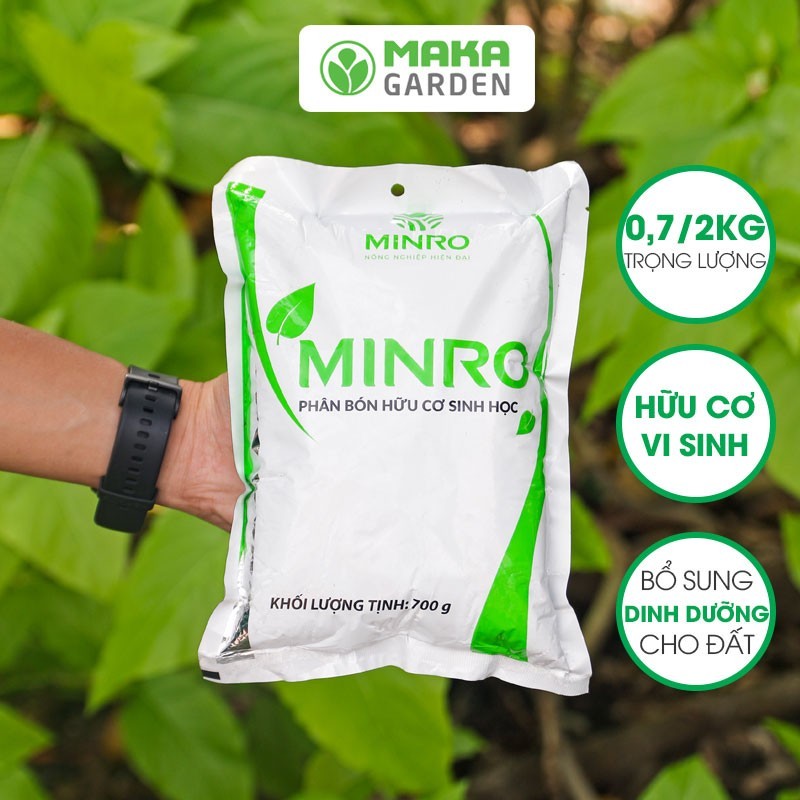 |
| Minro organic bio-fertilizer pellets (700gr – 2kg) provided by Maka Garden Equipment Company Limited. Photo: MakaGarden. |
While the fight against fake fertilizers is still fierce, another stream – smaller, quieter – is emerging: organic fertilizers. In An Giang, a vegetable growing cooperative has switched to using completely microbial fertilizers. The results have surprised even them: production costs have decreased, vegetables are tastier, and the soil is no longer hardened. In many other rural areas, farmers have learned to compost from coffee husks, peanut shells, straw, etc. Not only to save money, but also as a way to be more proactive with the soil and crops.
Green transformation is no longer a luxury story of developed countries or aid projects. It is gradually becoming a survival strategy for Vietnamese farmers. When the price of inorganic fertilizers increases, when trust in the material market is shaken, organic fertilizers – although requiring more effort – are a more feasible and trustworthy choice. And many farmers are doing it quietly but persistently.
However, we cannot leave it to spontaneity. There needs to be a policy to promote the production and consumption of organic fertilizers, both at the state and local levels. A green credit system and tax incentives for businesses investing in organic fertilizer production lines are essential. At the same time, it is necessary to promote training and guidance for people on how to identify, use and produce organic fertilizers. Closing the agricultural chain from input to clean, safe output will be a fundamental solution to both environmental and economic problems.
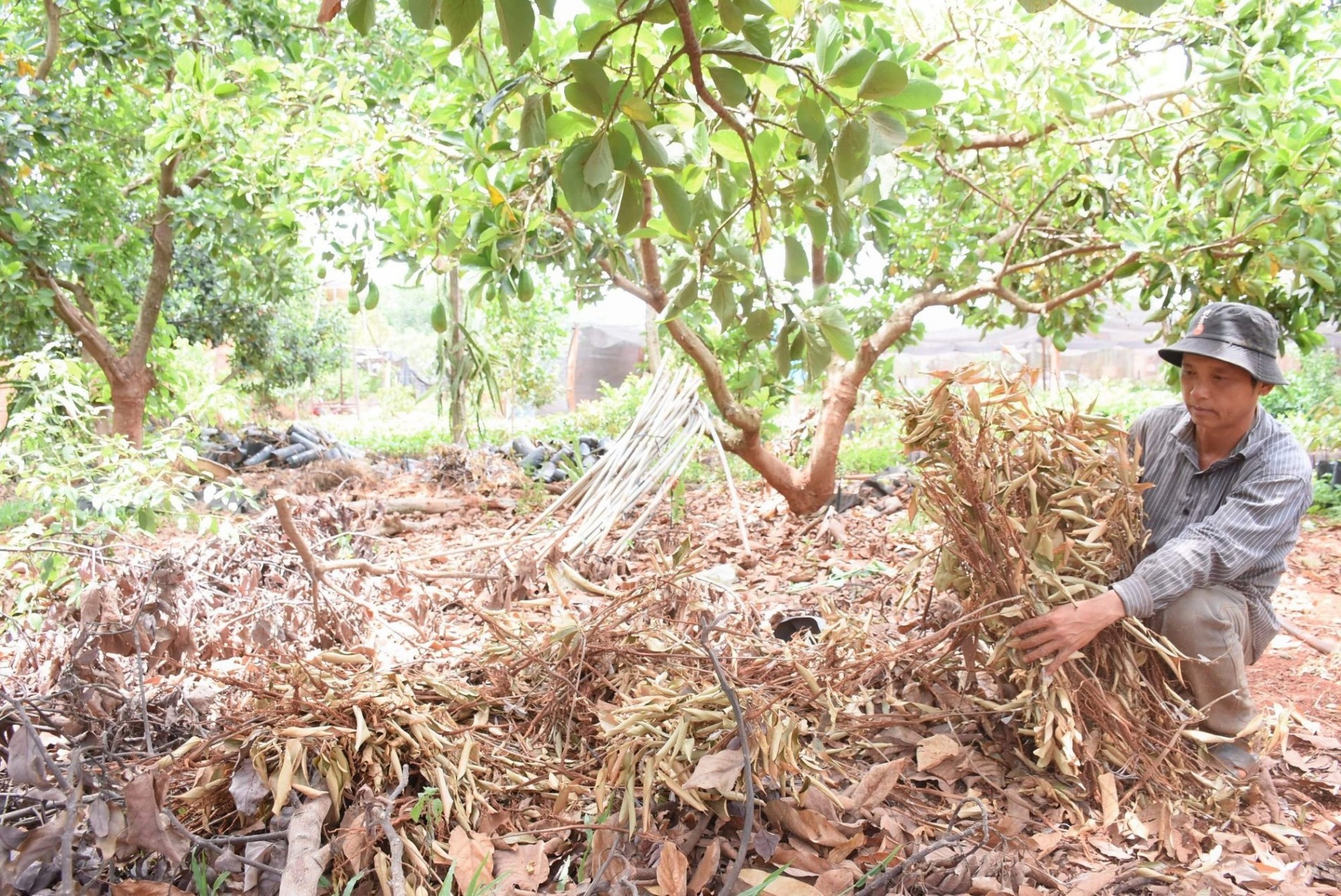 |
| According to Dan Viet newspaper, Mr. Nguyen Tan Dung's household (Tung Neng village, Ia Dreng commune, Chu Puh district, Gia Lai) had 2,000 durian seedlings die after being fertilized with fertilizer labeled as produced by a company in Hoc Mon district, Ho Chi Minh City. Photo: Dan Viet. |
In terms of management, the relevant authorities need to further tighten the inspection and traceability of agricultural materials. In particular, it is necessary to strictly handle systematically dishonest businesses and publicly disclose their identities to warn the market. Information transparency will help people have more basis for choice, thereby creating a positive spiral: genuine goods survive, fake goods disappear on their own.
Fake fertilizers are a burning issue, but at the same time, it is also a test: for the management system, for the market's resistance, and for the farmers themselves. If we can overcome this crisis, Vietnamese agriculture will not only be cleaner, but also more stable, because it is built on valuable lessons, with the alertness and perseverance of those who produce rice and fruit for the whole country.
Not everyone can immediately make the green transition. But if each person plants a row of vegetables, a field, starts to think differently – at least not buying goods of unknown origin, not believing in classified ads – then the change has begun. And when that change spreads, counterfeiters will no longer have a place to stand.
This war cannot end soon. But clearly, the situation is gradually changing. And in the midst of the dark patches of deception, there is still a glimmer of light from farmers who are learning to master the game – with real hands, real fertilizers and real trust.
That is the opportunity in the challenge. And also the new chapter of an agriculture that knows how to protect itself.
Other News

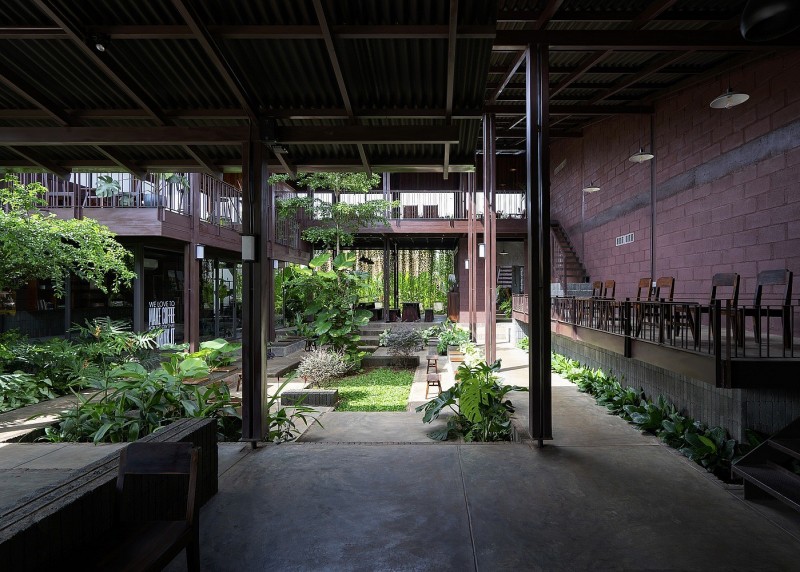
Coffee commune: A Green architectural space for community memory
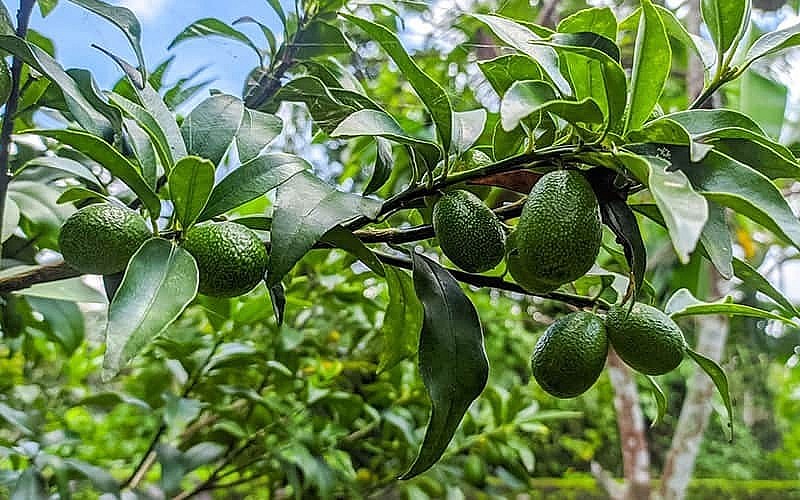
A superfruit widely grown in Vietnam, securing farmers stable income
Read more
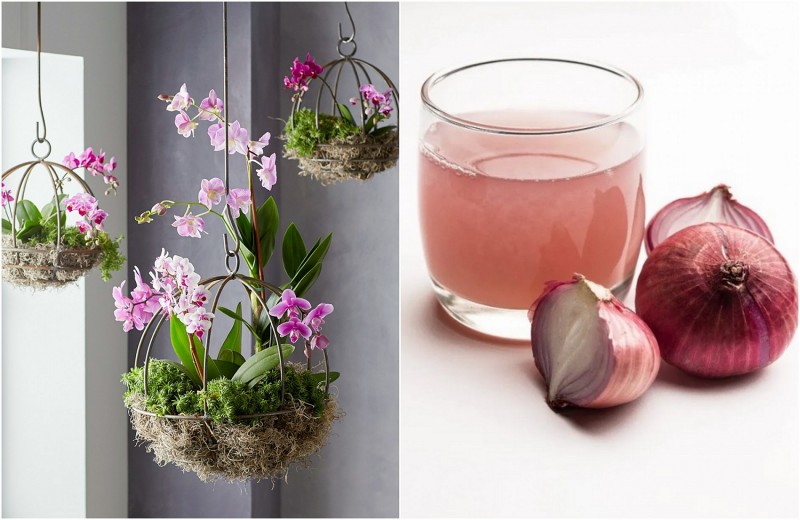
Not water, but understanding makes ornamental plants flourish

Bioponic vertical garden: When green sprouts in the heart of the city
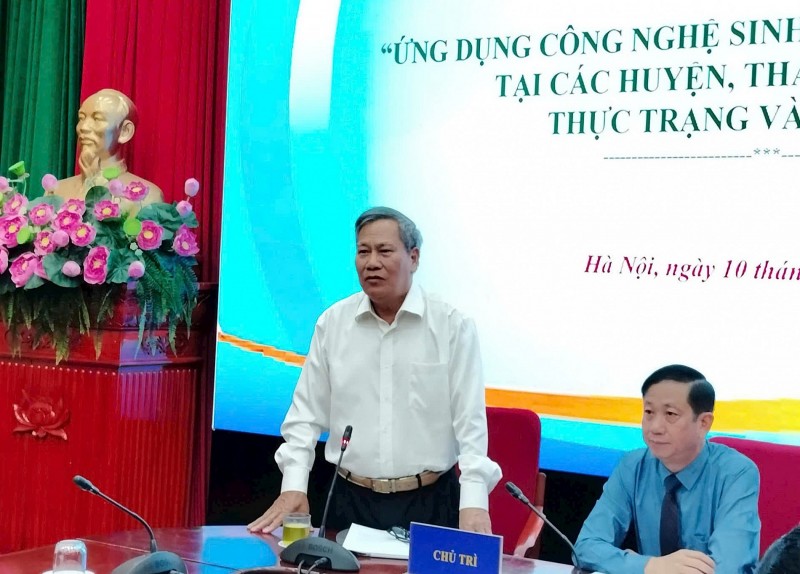
Breakthrough mechanisms needed to promote biotechnology application in Hanoi’s agriculture

Fish robots: Technological solutions open the era of smart aquaculture
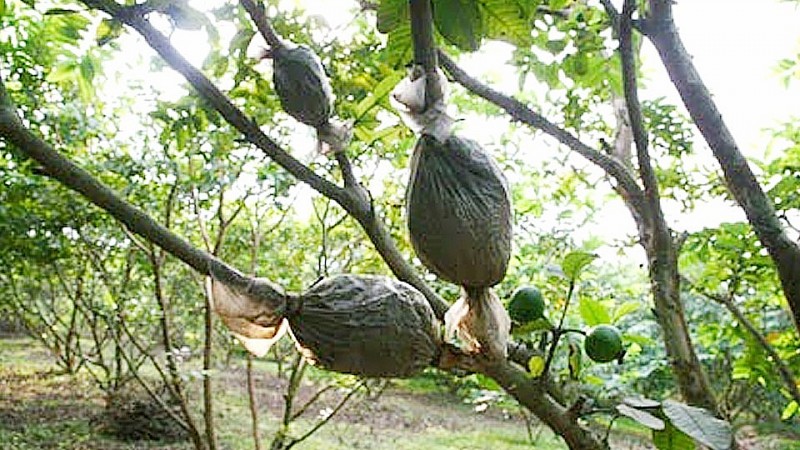
Air layering plants: An effective propagation method with great economic potential

Deteriorating air quality: Time for Hanoi to make bold investments in green spaces

Vietnam named one of Asia’s top wildlife watching destinations
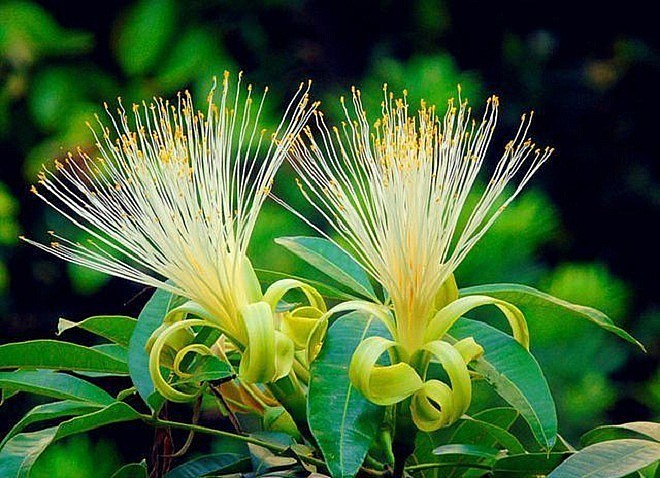
Blooming money tree - A rare omen of wealth and prosperity

Bún Flowers: Hanoi’s hidden floral delight
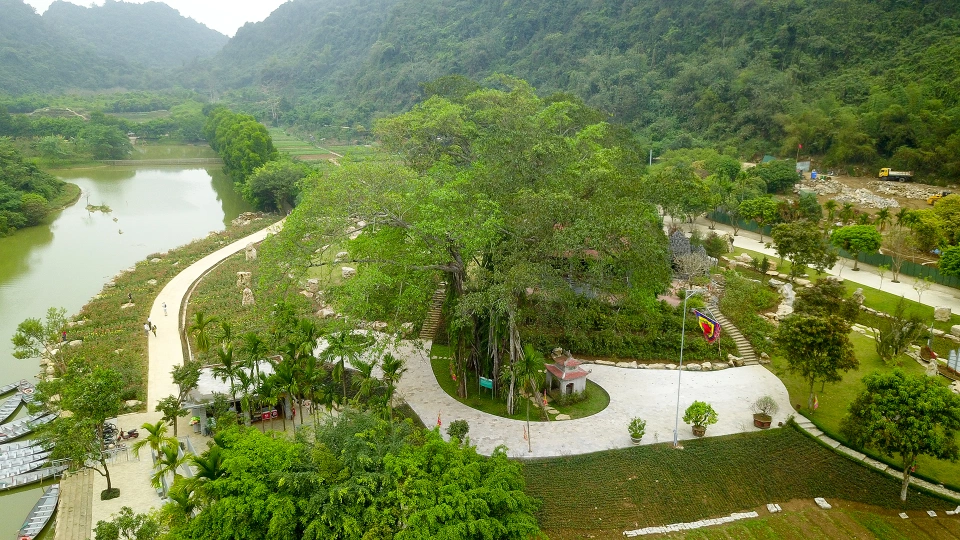
The thousand-year-old "moving" banyan tree in Ninh Binh, each step takes a century
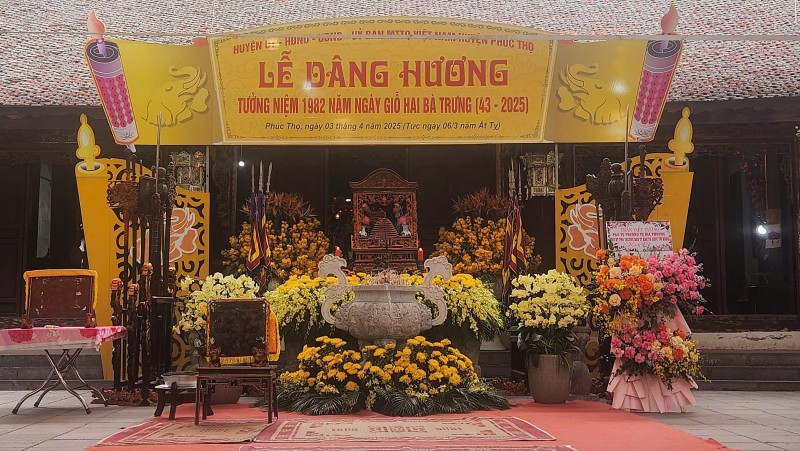
Hat Mon Temple – Historical Mark of Hai Ba Trung
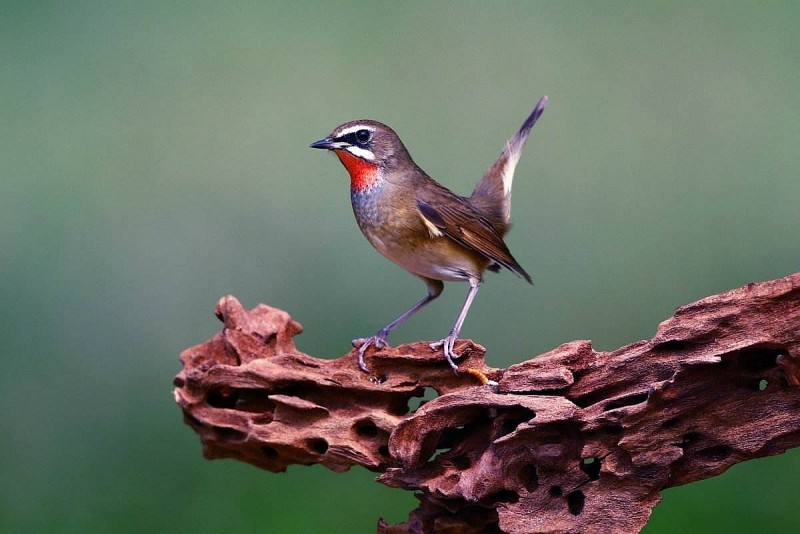
Discovering 4 bird species that have captivated the Chinese for centuries
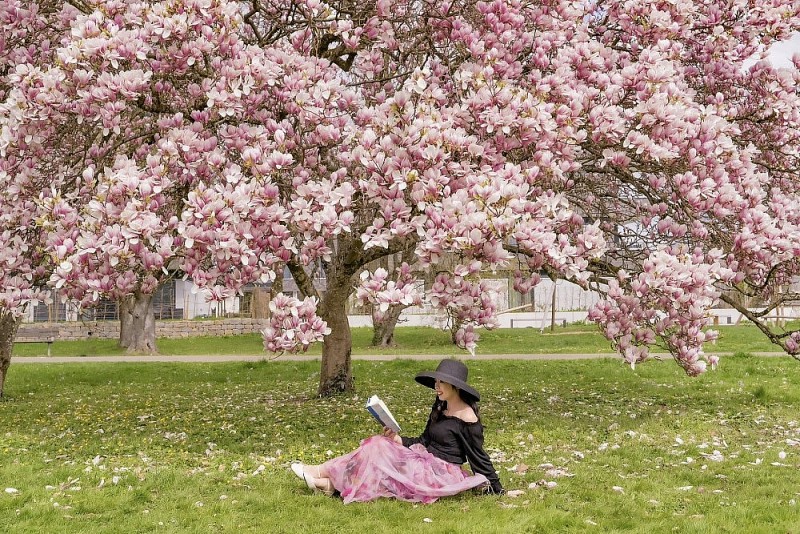
Vietnamese women and magnolia blooming seasons in Europe

Planting native species: A global trend for greener homes and bird-friendly spaces

56-year-old man living alone in the forest for 27 years with birds
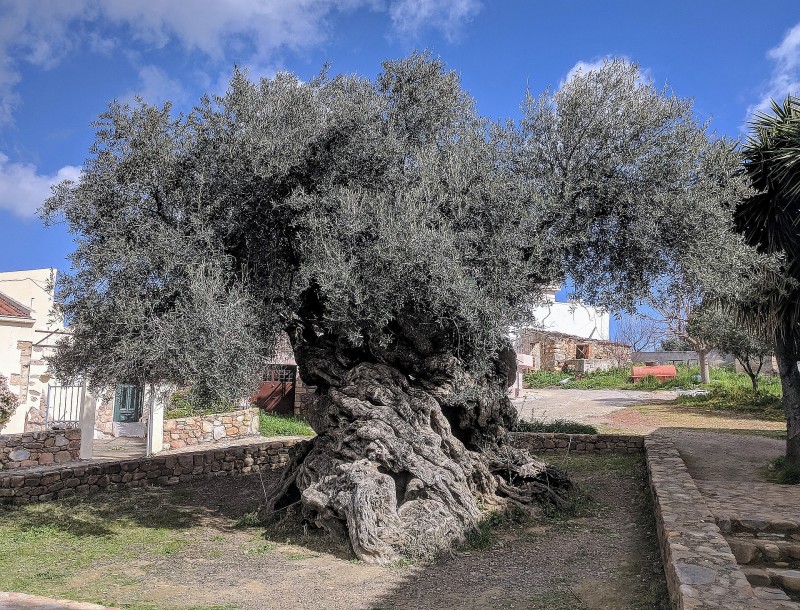
Gazing at a 5,000-year-old olive tree in Greece

Phong Nha - Ke Bang National Park: Revival of 7 rare Indochinese tigers
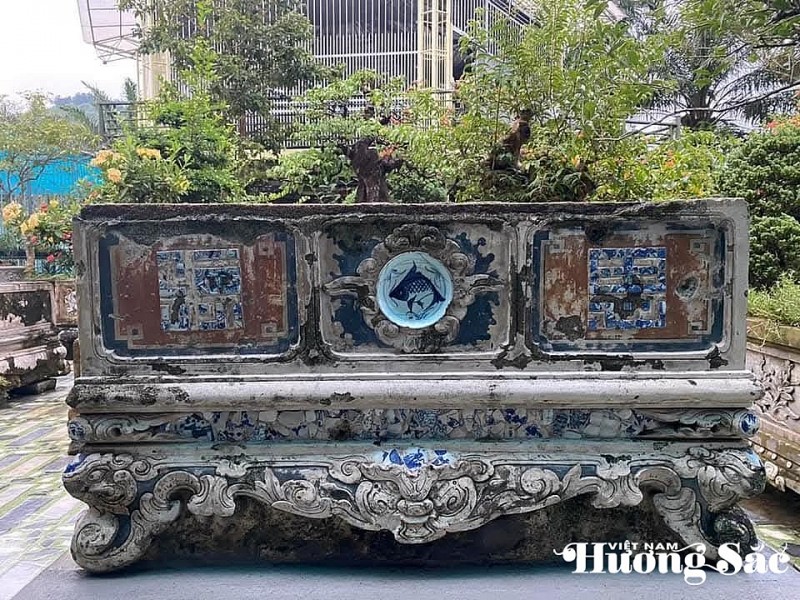
The 9X artist turns water hyacinth into living art
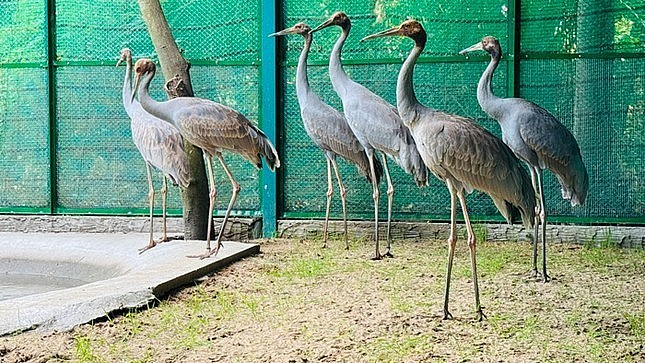
6 Sarus Cranes complete quarantine, set to return to Tram Chim National Park

Hong Loan Mai – The graceful charm of a bonsai beauty
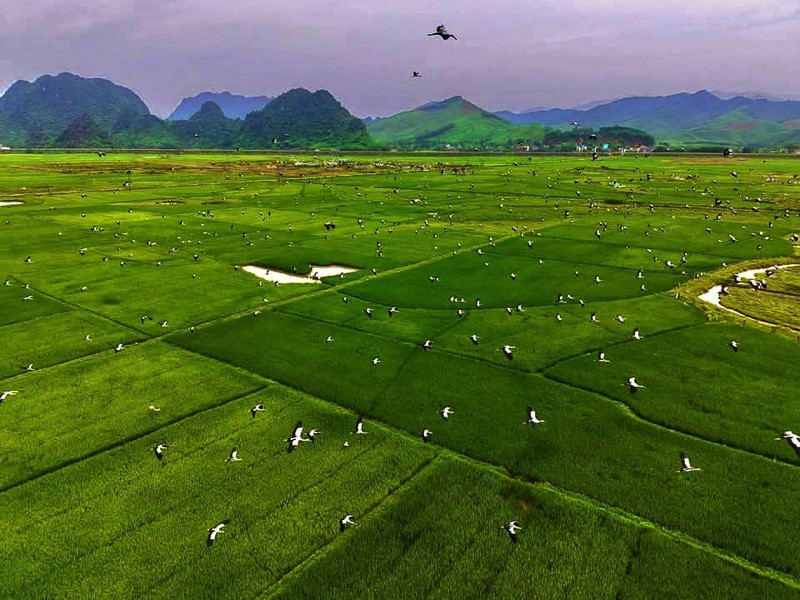
Endangered stork species making surprise appearance in Phong Nha - Ke Bang

Department of Crop Production and Plant Protection: "Orienting the total production value of flower and ornamental plant sector reach 70-75 trillion VND by 2025"

The 9X artist turns water hyacinth into living art

Over 1,000 artworks featured in the 2025 Expanded Ornamental Creatures Exhibition of Van Giang District

Endangered stork species making surprise appearance in Phong Nha - Ke Bang

Over 1,000 master bonsai trees gather in Quang Ngai, dazzling plant enthusiasts
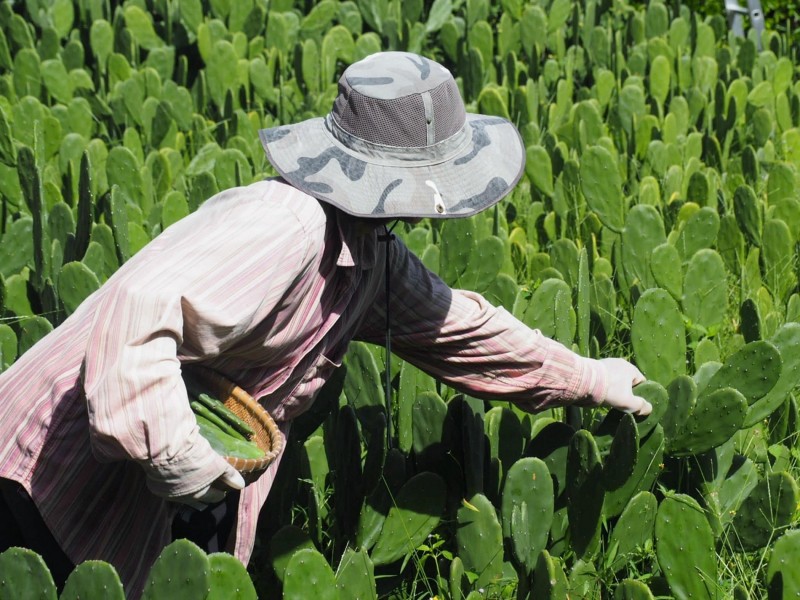
Leaving a $1,000 office job, engineer turns cactus into food and drink
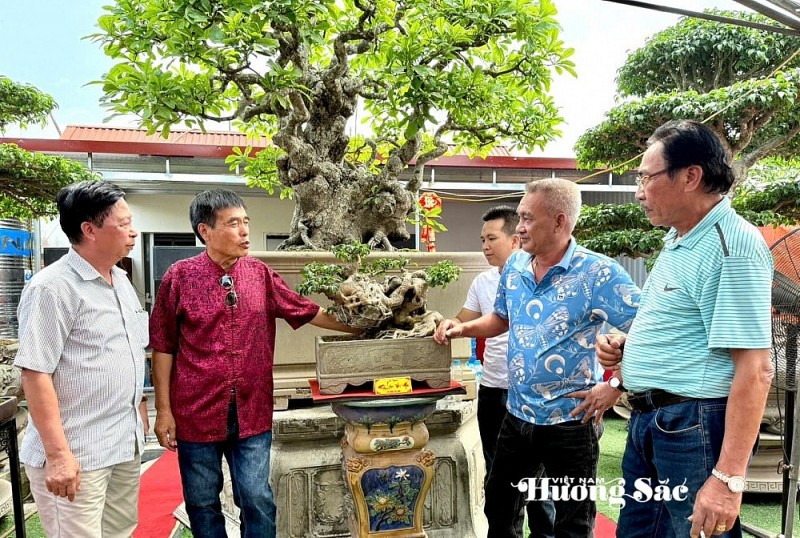
Hoa "Taxi" - A typical bonsai artist in Van Giang District, Hung Yen Province
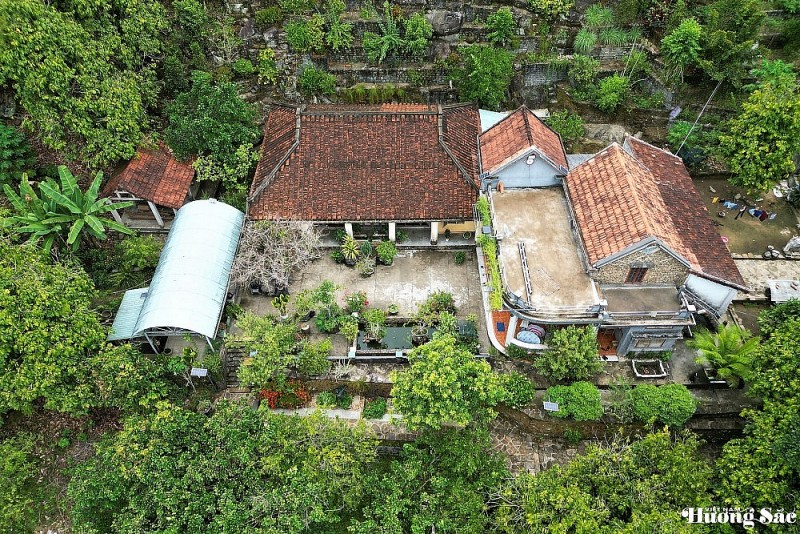
Look inside the million-dollar jackfruit wood ancient house in Quang Nam Province
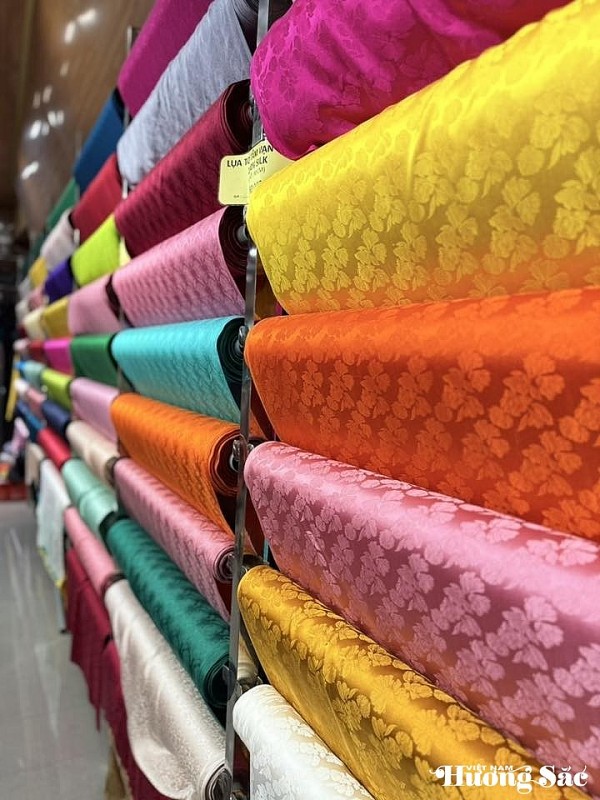
Van Phuc Silk Village: Weaving tranquility through memories and colors
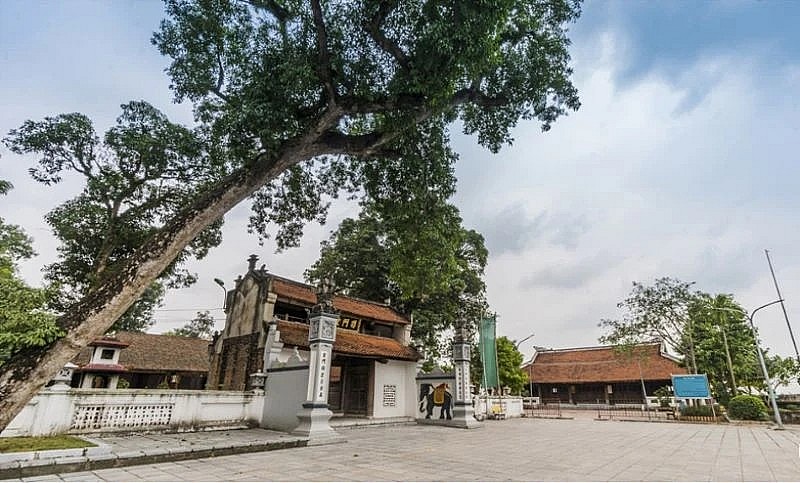
Exploring Hat Mon Temple in Hanoi
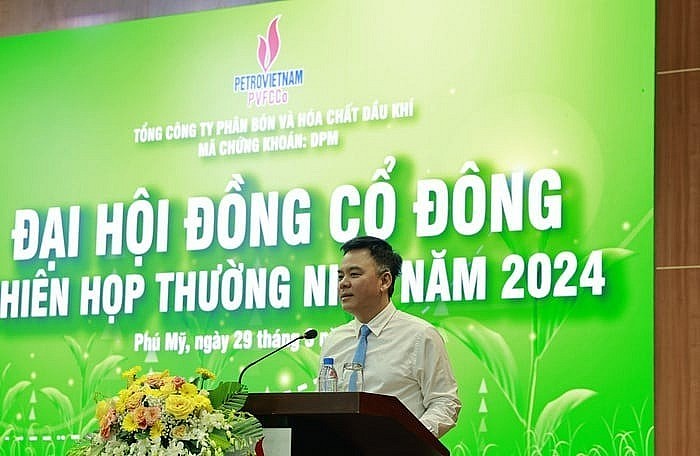
From the first granule of urea to a national brand: PVFCCo and its mission beyond the continent

STP Group: Nguyen Thi Hai Binh - The pioneer woman bringing the ocean into the circular economy and the journey of "connecting values - connecting the community"
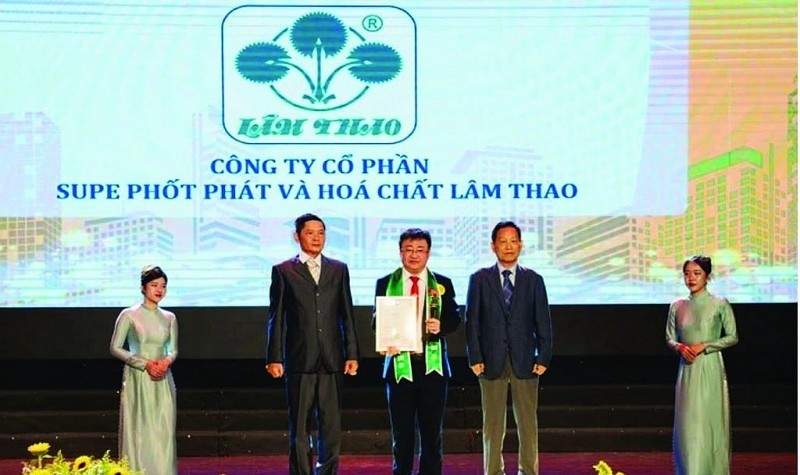
Toward the Celebration of the 63rd Anniversary of Lam Thao Superphosphate Company: From following President Ho Chi Minh’s wish to a national brand

Trailer introducing the special issue of Vietnam huong sac Magazine, published on May 19
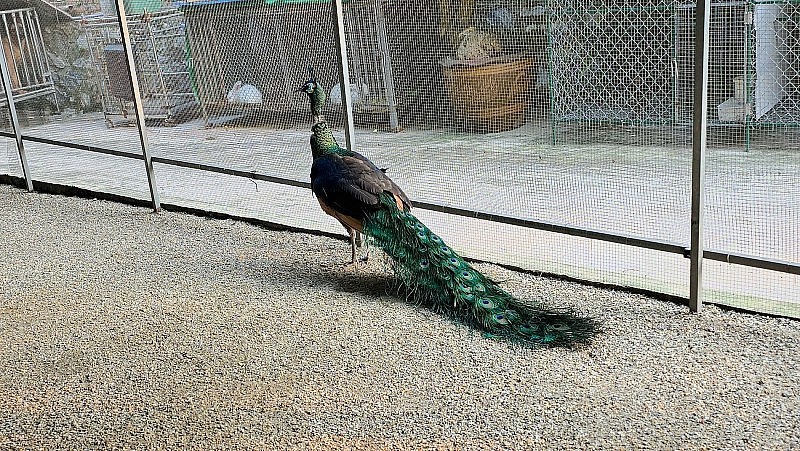
Surprised by rare songbirds at Dung Tan Center in Thai Nguyen Province
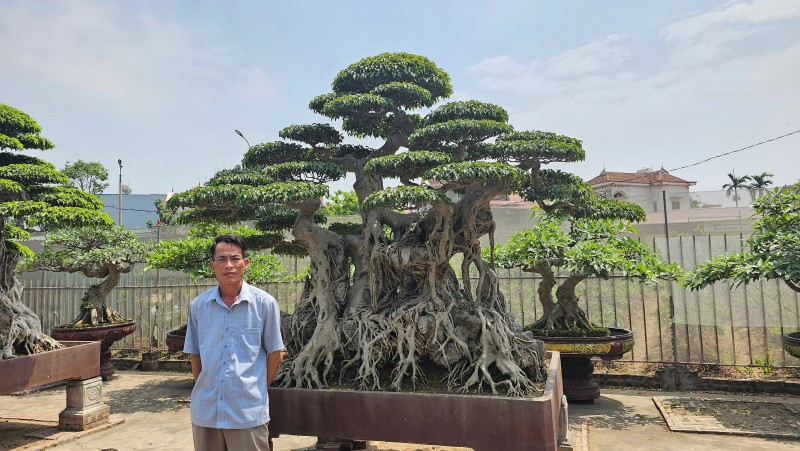
A passionate horticulturist committed to preserving the Sanh Da bonsai lineage in Hưng Yên

Look inside the million-dollar jackfruit wood ancient house in Quang Nam Province
